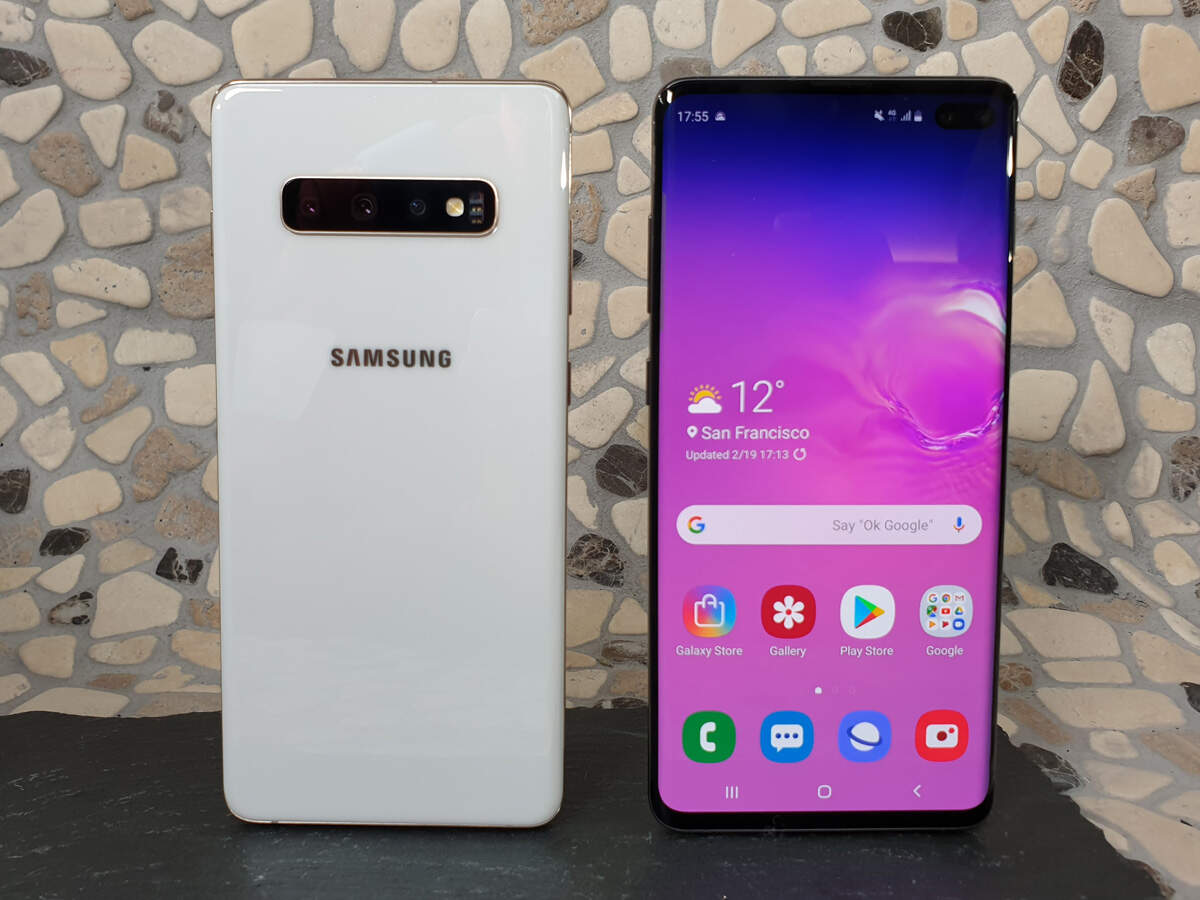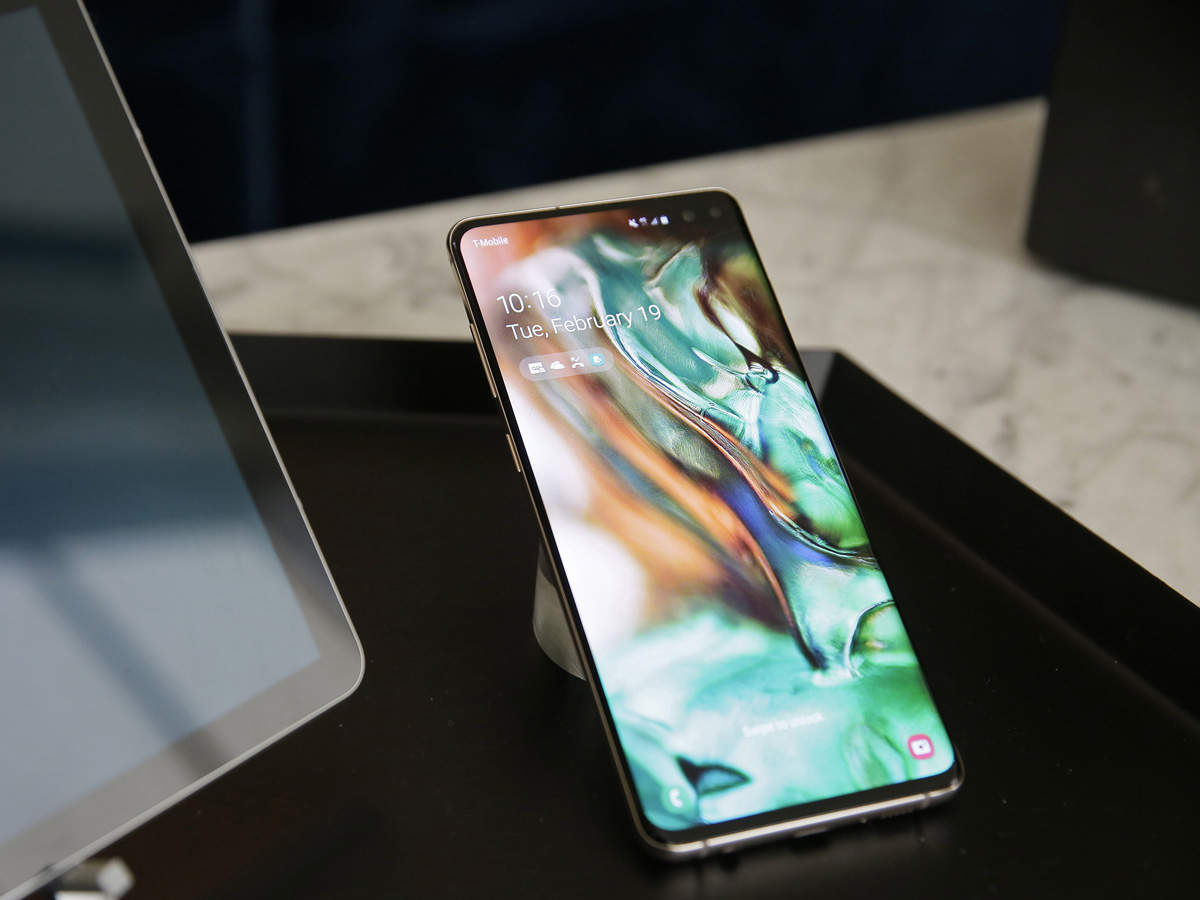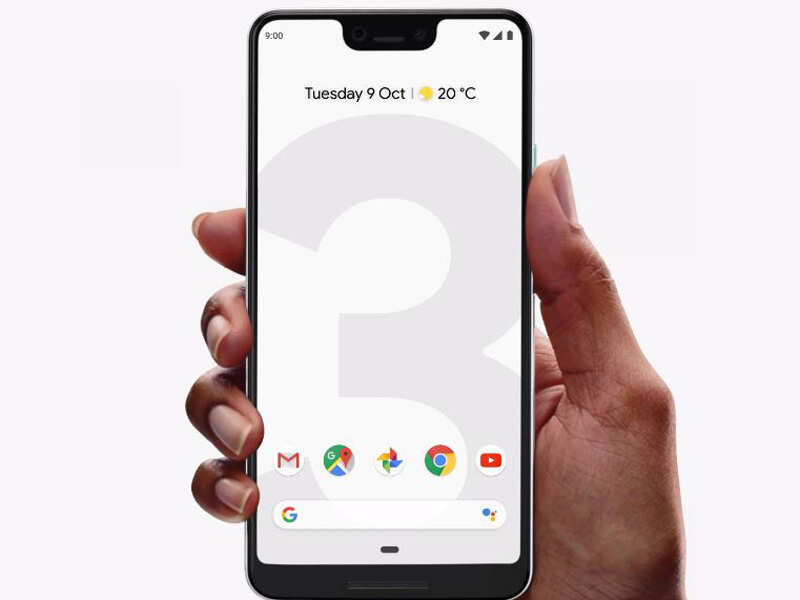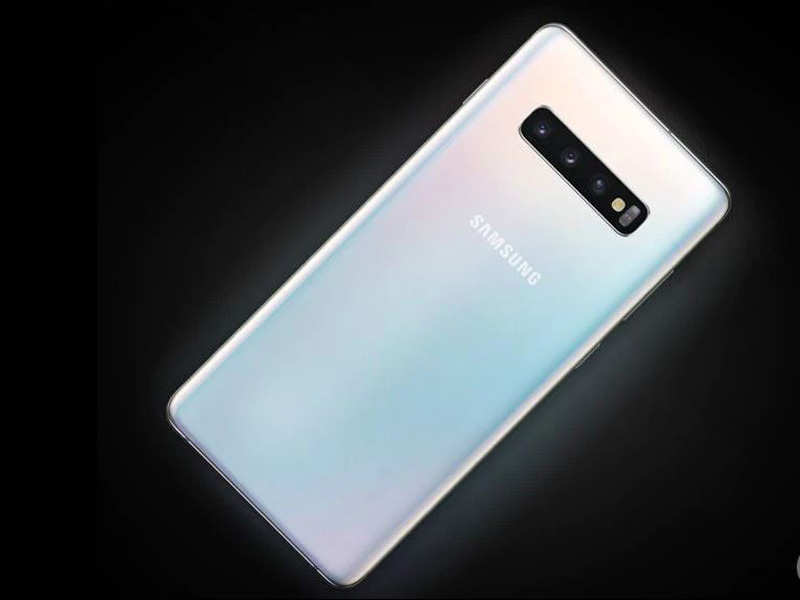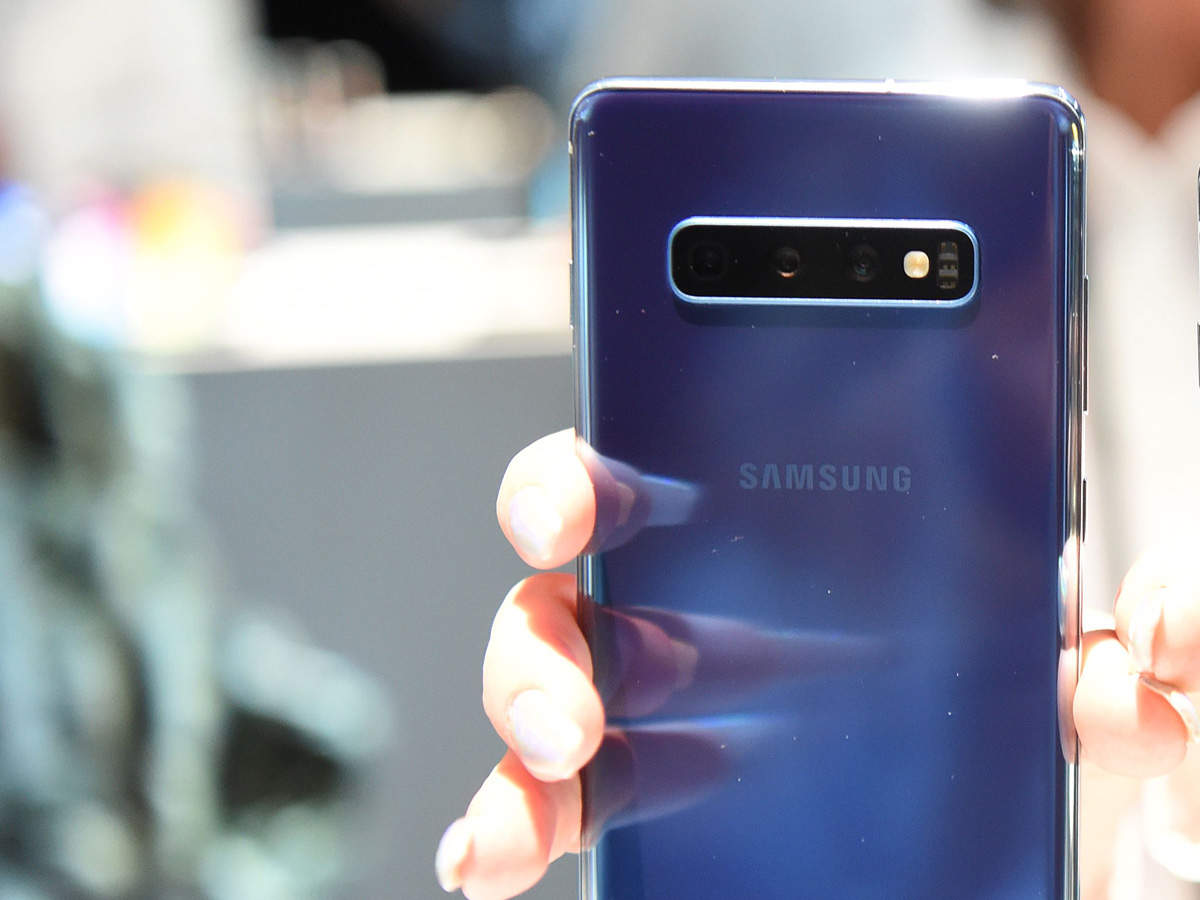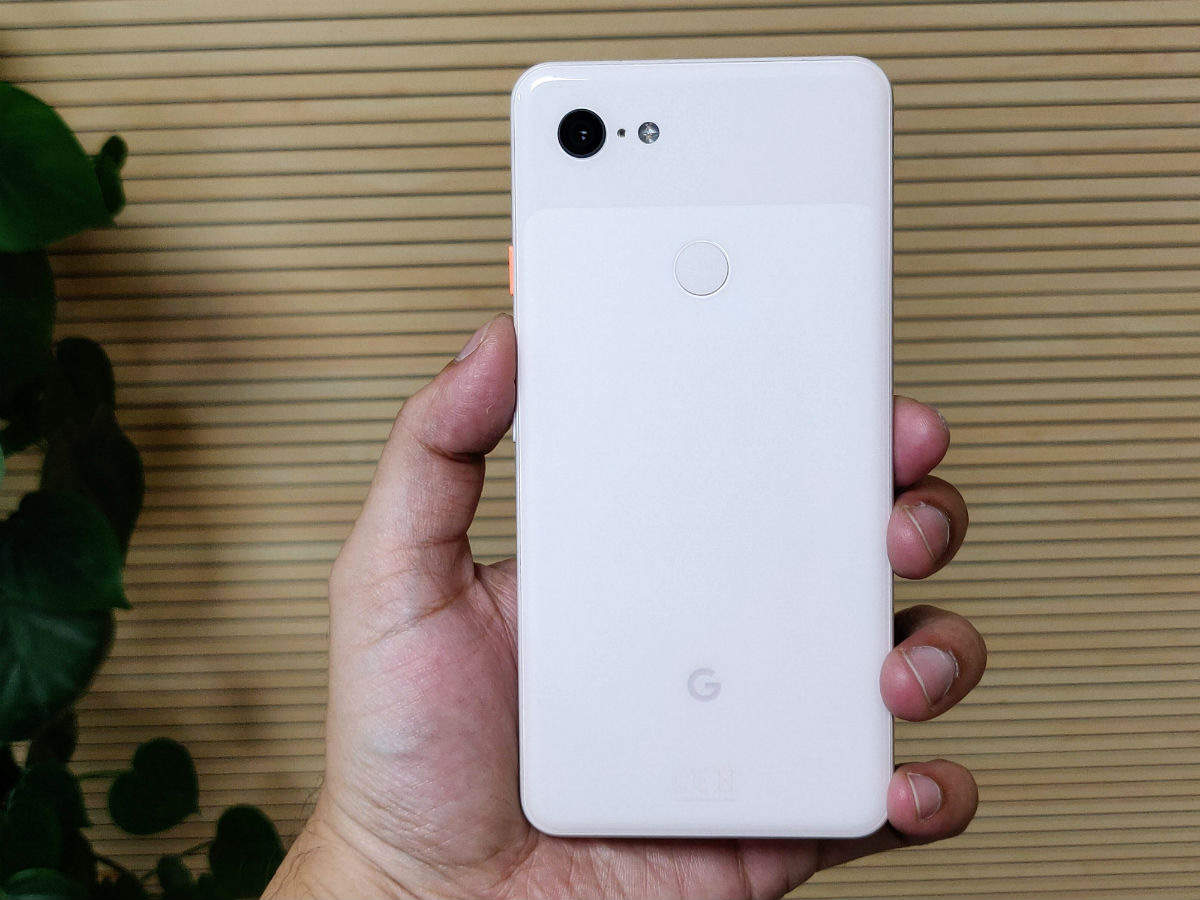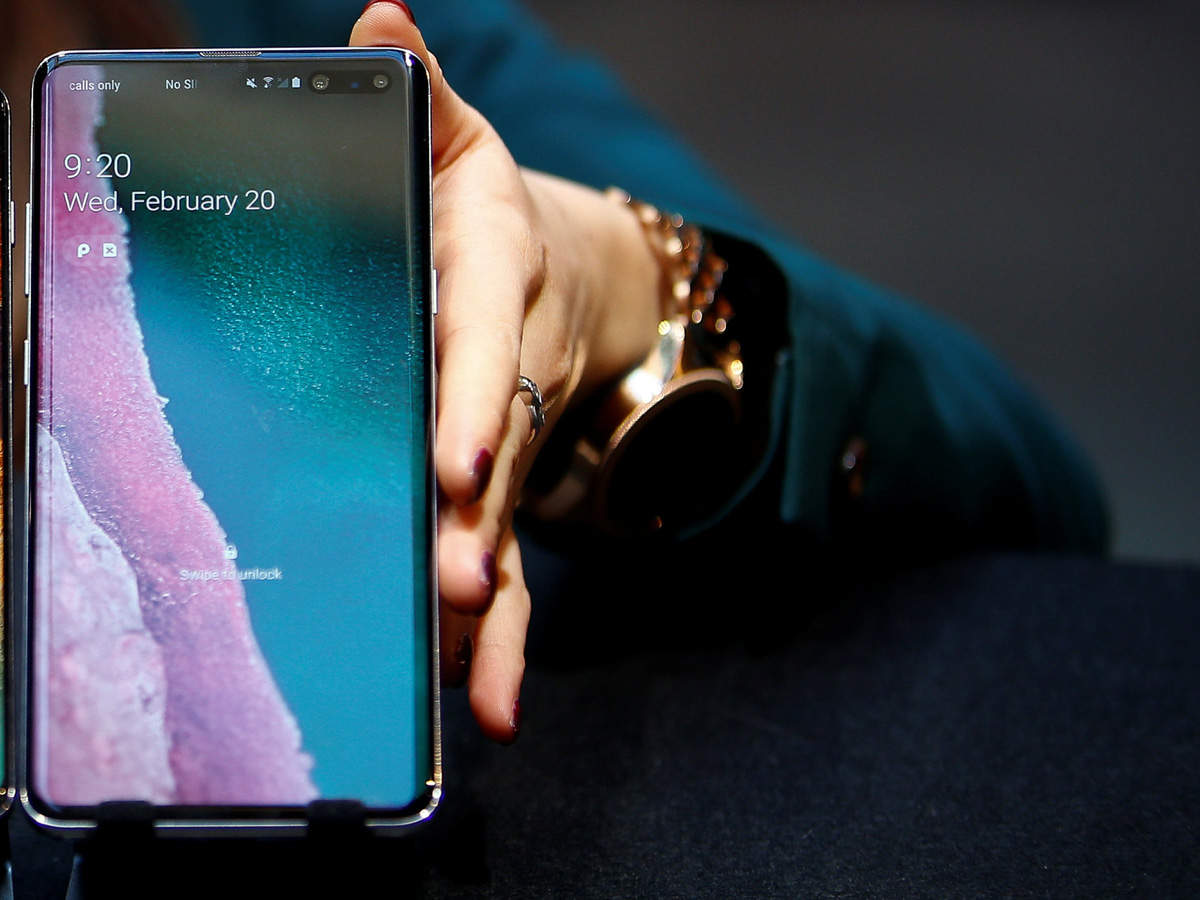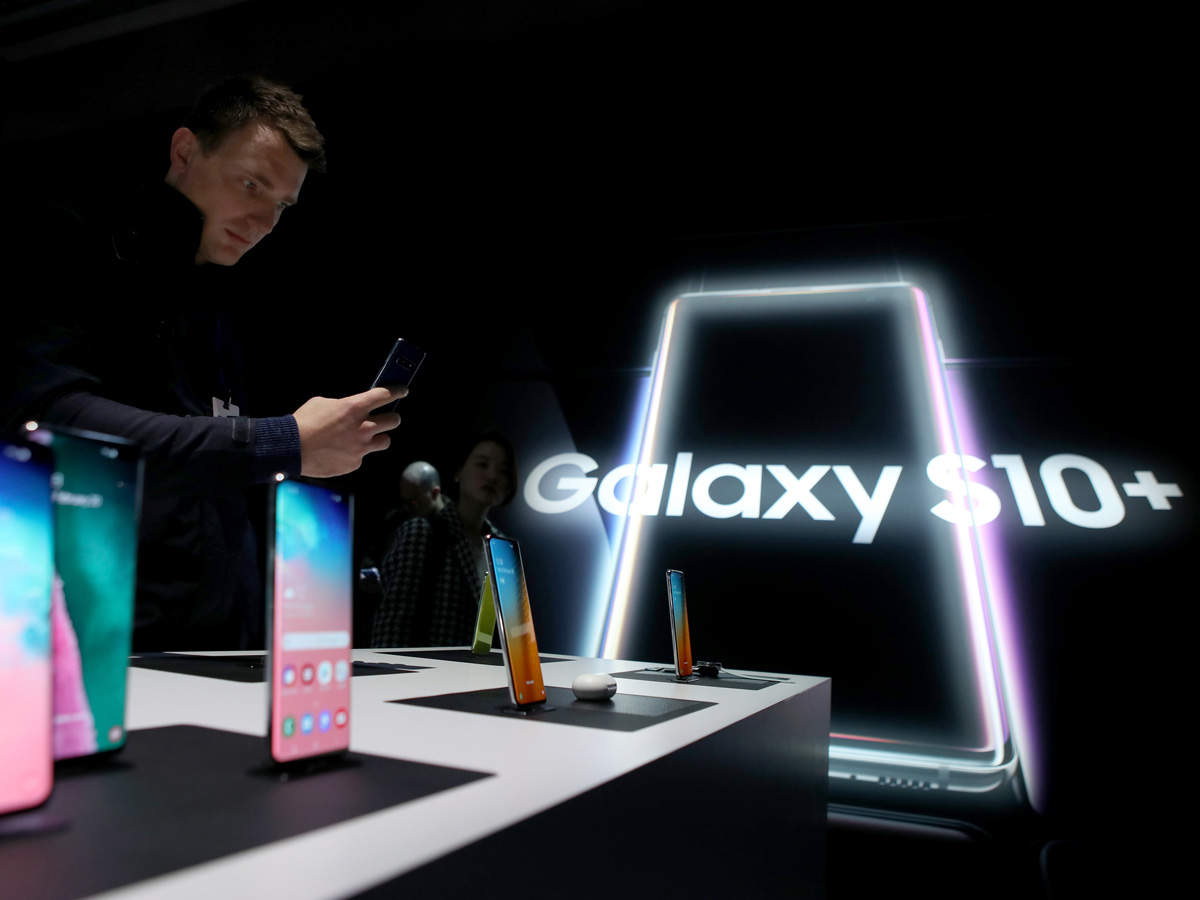Samsung Galaxy S21 battery performance has been tipped to improve over the Galaxy S20. The new flagship model is speculated to come in Snapdragon and Exynos variants (just like its predecessors) and both variants are tipped to get significant improvement in battery life. However, an earlier tipster had suggested that the Galaxy S21 — expected to be part of the Samsung Galaxy S21 series along with Galaxy S21+ and Galaxy S21 Ultra — would have a similar battery (mAh) capacity as the Galaxy S20 so it looks like this is a case of better battery optimisation, rather than a bigger battery in the phone. Samsung is also expected to offer fast wired and wireless charging support on the Samsung Galaxy S21.
A YouTuber, who is available on Twitter with username @TheGalox_, has suggested that the Samsung Galaxy S21 running on Samsung's Exynos 2100 SoC would deliver between 25 to 35 percent better battery life over the Exynos 990-powered Galaxy S20. Meanwhile, he said the Snapdragon 888 SoC variant of the Galaxy S21 has around 15 percent better battery life than the Galaxy S20 powered by the Snapdragon 865.
This means that the Galaxy S21 — irrespective of the chipset — could get an average improvement of 20 percent in battery life over the Galaxy S20. However, an earlier report suggested that the Galaxy S21 will have the same 4,000mAh battery capacity as its predecessor.


/cdn.vox-cdn.com/uploads/chorus_image/image/63684402/akrales_180913_2950_0144.0.jpg)

/cdn.vox-cdn.com/uploads/chorus_image/image/63680008/wjoel_180413_1777_android_003.0.jpg)

